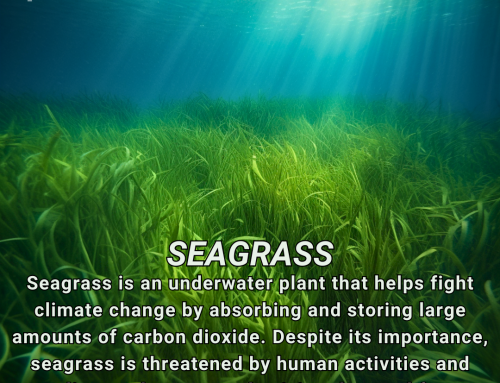
The World Meteorological Organization (WMO), a United Nations weather agency, has raised a grave “red alert” concerning the rapid increase in global warming. The alert brings attention to the record increases in greenhouse gases, land and water temperatures, and the accelerated melting of glaciers and sea ice.
According to the WMO, current efforts to reverse these destructive climate trends are insufficient. This view has sparked worldwide concern about our ability to meet climate goals. Alarmingly, with temperatures continuing to rise, the year 2024 is predicted to be a record-hot year. This could push the global temperatures beyond the 1.5-degree Celsius limit set by the Paris agreement on climate change, a vital international treaty that seeks to combat climate change and adapt to its effects.
The “State of the Global Climate” report, a comprehensive evaluation of the world’s climate conditions, has emphasized the increasing risk to the global climate goal of limiting planetary warming to no more than 1.5 degrees Celsius from pre-industrial levels.
In 2023, extreme climate conditions were observed globally. Over 90% of ocean waters experienced heatwave conditions at least once, there was a record-breaking loss of ice from glaciers, and Antarctic sea ice reached its lowest level ever. On a disturbing note, the global temperature averaged 1.56 C higher from March 2023 to February 2024, surpassing the 1.5-degree limit. This was reported by the European Union’s Copernicus Climate Service, a digital platform delivering reliable and timely information about our planet and its climate.
However, despite the concerning data on global warming, the WMO report does offer a “glimmer of hope”. It acknowledges the significant increase in renewable energy generation capacity.
Renewable energy capacity from wind, solar, and waterpower rose nearly 50% in 2022, reaching a total of 510 gigawatts. This suggests a possible shift towards more sustainable energy sources. This marked increase in renewable energy sources could be the key to curbing the rapid acceleration of global warming.
While the current state of global warming is cause for concern, the substantial increase in renewable energy capacity provides a beacon of hope. It’s now more crucial than ever that we collectively work towards more sustainable practices and energy sources to combat the devastating effects of climate change.
Science4Data is committed to cut through greenwashing and measure real impact. Join the journey to a sustainable future. Your actions matter.






